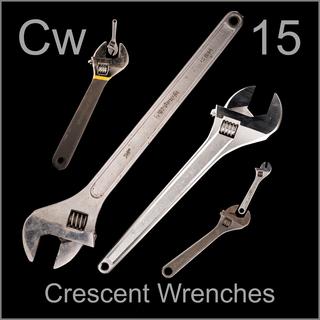 |
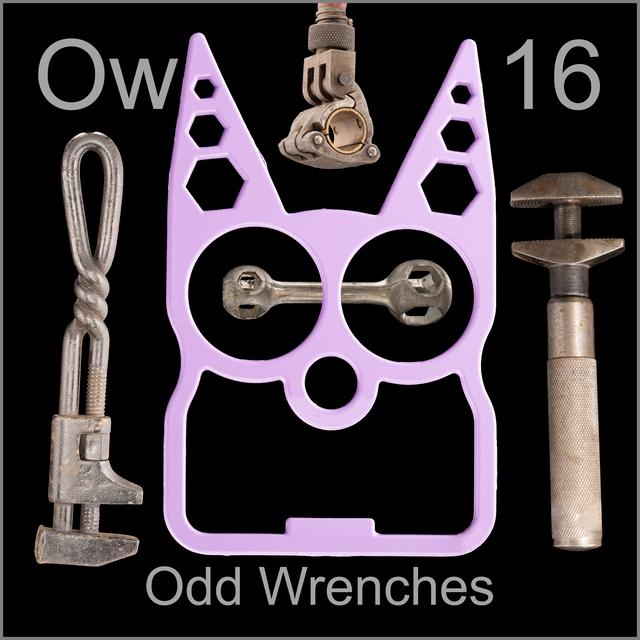
 |
Leave a comment below! Or click on an individual tool to see more or leave a comment about that tool. |
|
 |
|
 |
| This Parmelee brand pipe wrench is the wrench equivalent of a collet chuck. Unlike ordinary pipe wrenches, it is smooth and grips like a collet. It leaves no mark even on soft copper, but can only be used on a single diameter of pipe. It allows you to exert a lot of turning force on a thin-walled, soft copper pipe without crushing it—something that is impossible with a traditional pipe wrench. |
 |
| I’m not sure how to classify these. They are not crescent wrenches, they are not sockets, and they are not ratchets. Let’s just go with the brand name, Cinch-Lock. |
 |
| This dog bone socket wrench tries to solve the problem of lost sockets by putting them all on one tool. This comes at the expense of having no ratchet, and lots of bulk to get in the way. |
 |
| Wratcheting dogbone wrench. |
 |
| A handle with a twist! |
 |
| This is probably the rarest form of crescent wrench, because it’s the least useful. Yes, the two sides are different sizes, but is that really more useful than putting something else entirely on the other end? |
 |
| This wrench was made by the J.A. Henckels company in Solingen, Germany during WWII. It’s an oddity because Henckels, and the whole city of Solingen, are better known for knives than wrenches. |
 |
| If there’s a cat-wrench, why not a dog-wrench? This style is called a dog bone wrench. |
 |
| Odd hammer-head wrench |
 |
| Combination crescent and aligator wrench. |
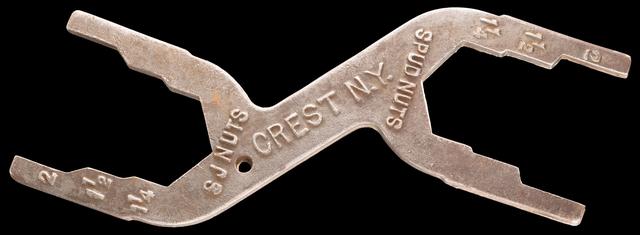 |
| Antique Multi-Wrench. |
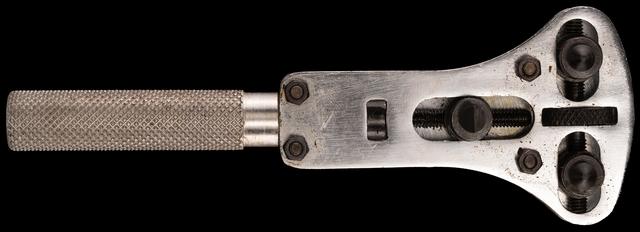 |
| Not functionally related to monkey wrenches, but also called spanners in both the US and UK, these wrenches are for opening watch cases (which have two small holes for the pins to fit into). |
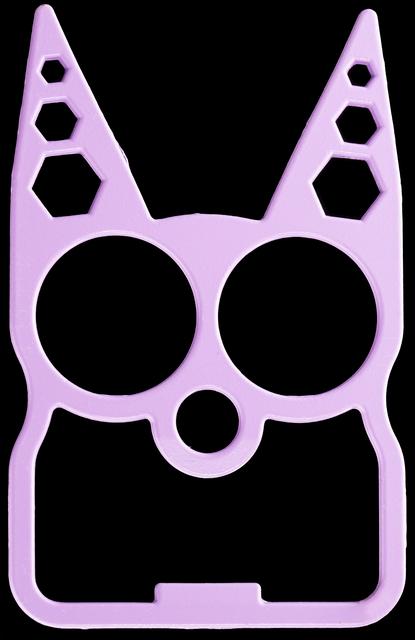 |
| This multi-wrench is shaped like a cat. I can’t explain that. |
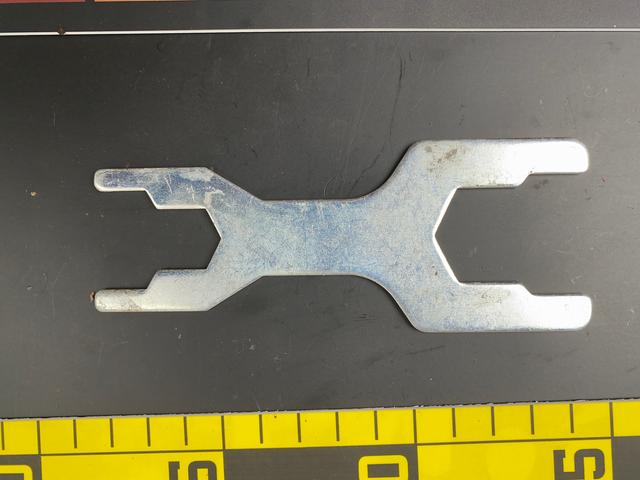 |
| Modern stamped and antique cast multi-wrenches are all over the place in antique tools shops. |
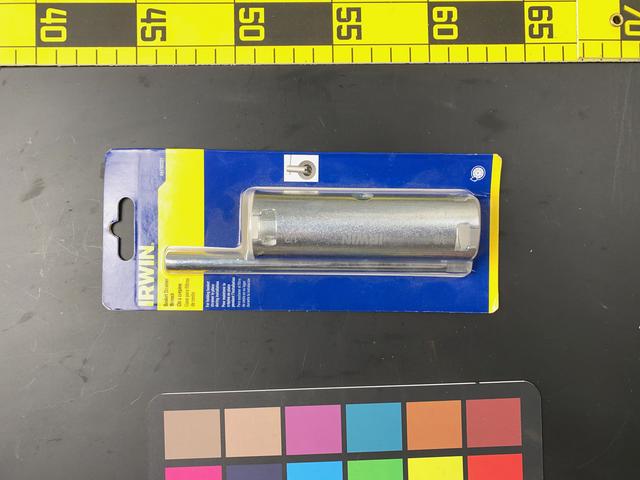 |
| This wrench holds the basket strainer in a kitchen sink in place while you use a different wrench to turn the nut that’s holding it. |
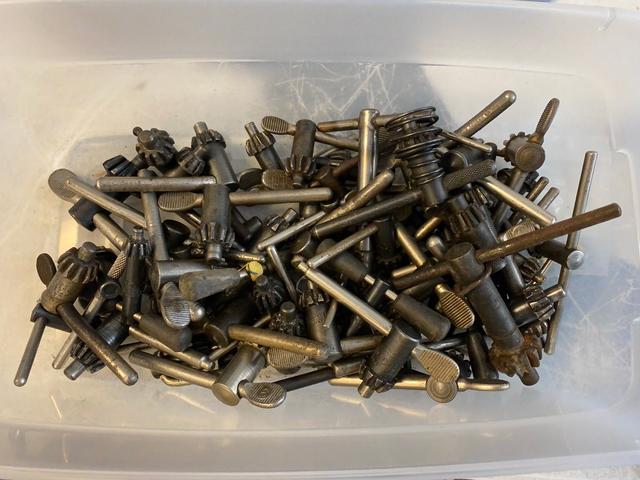 |
| This is a box of dozens of chuck keys (used to tighten chucks on drills and drill presses). The whole box came from the closing out auction of a machine shop, and I know the feeling. These things accumulate, and it’s good to have a box where you can always, eventually, find the one that fits the machine you haven’t used for a while. |
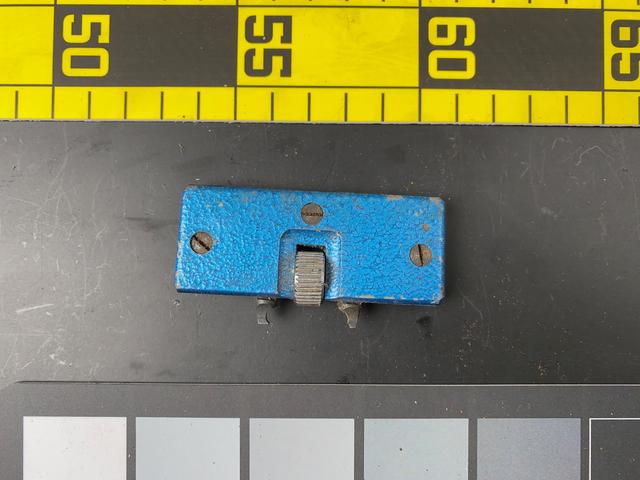 |
| This simple watch spanner has only one set of pins. |
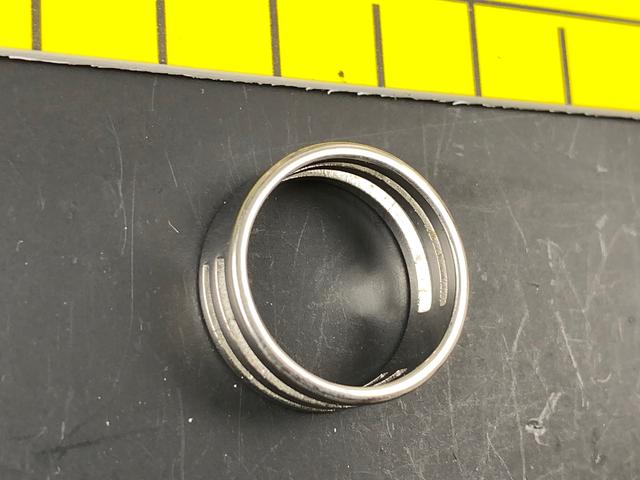 |
| This is a ring closing ring. So confusing. It’s a ring you wear on your finger, but it has slots in it that you can use to grip one side of a split ring. Then you use a pair of duckbill pliers to twist the ring closed. You could use two pairs of pliers, but this is more convenient if you’re doing a lot of rings. |
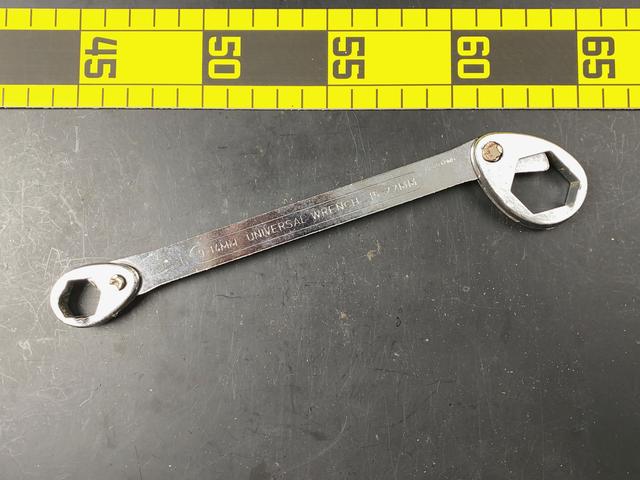 |
| I find that these don’t work very well. |
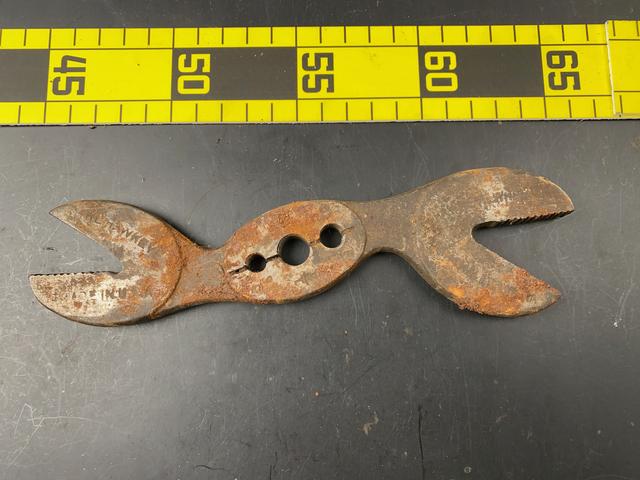 |
| Aligator wrenches are mysteriously useless. |
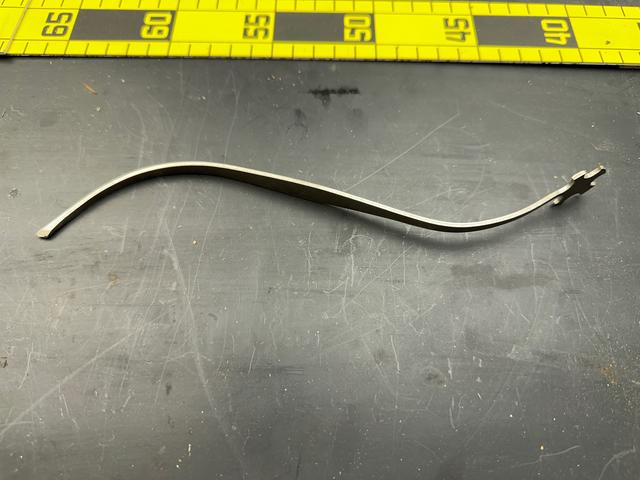 |
| A very specialize wrench indeed: it sets the sound posts in a violin. It was a gift from the son of Wolfgang Haken, a distinguished mathematician who made violins as a hobby. |
Do you have a better example of this kind of tool? Let me know by leaving a comment, and include a picture of it if you can so everyone can see!